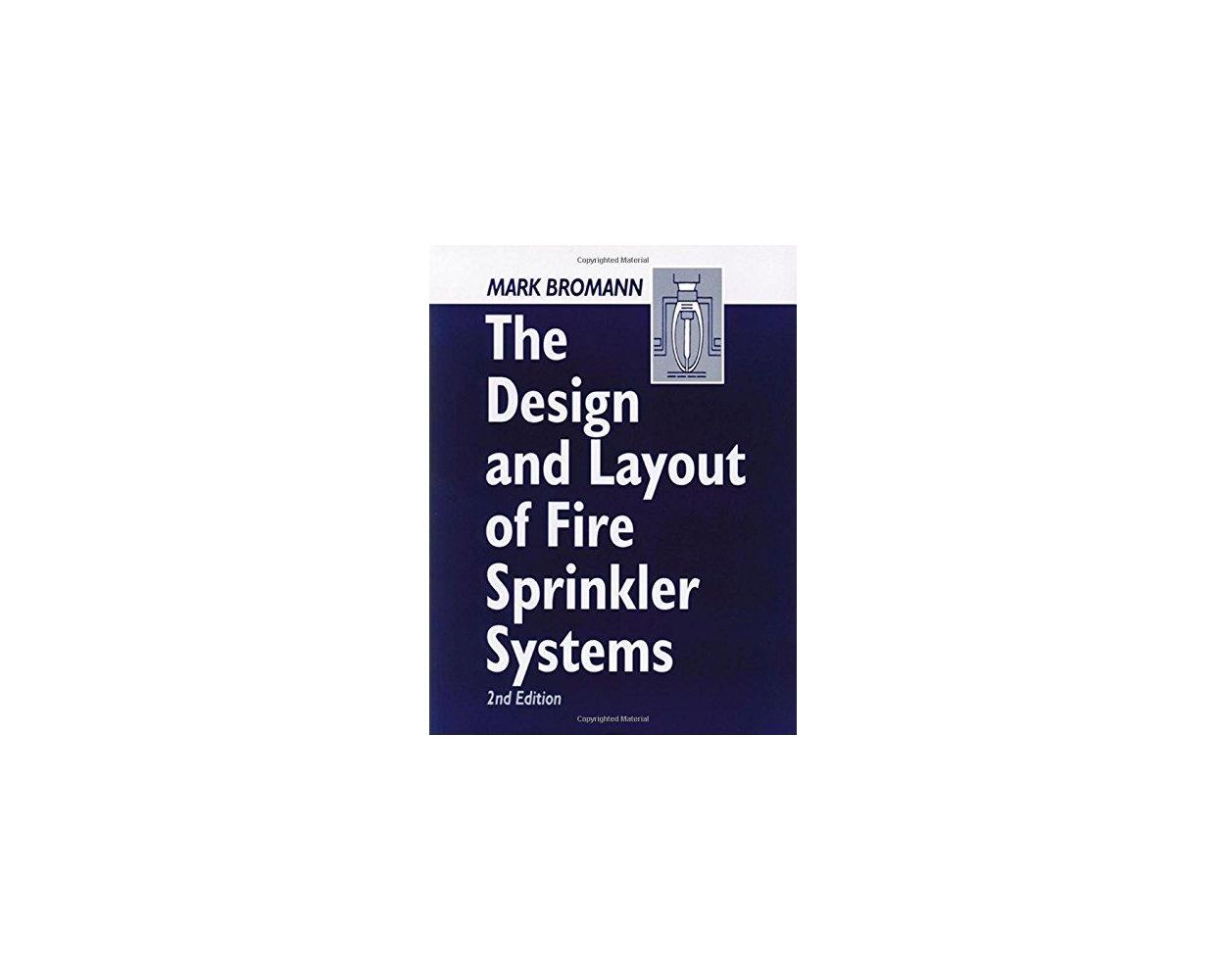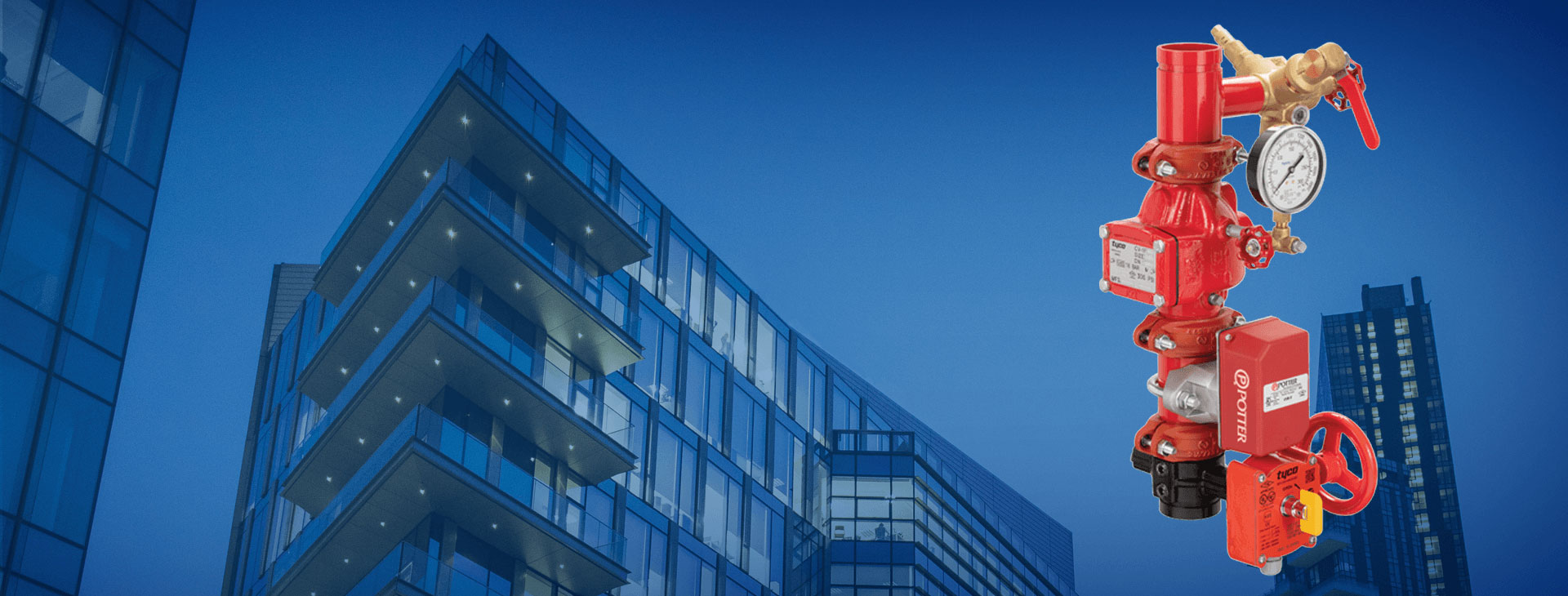
- #RM FIRE SPRINKLER DESIGN SKIN#
- #RM FIRE SPRINKLER DESIGN CODE#
- #RM FIRE SPRINKLER DESIGN PROFESSIONAL#
- #RM FIRE SPRINKLER DESIGN SERIES#
Palletized, solidpiled, bin box, and shelf storage generally are grouped together due to their similar fire development characteristics. NFPA 13 clearly defines several types of storage. Exposed plastic commodities, for example, require higher sprinkler densities than the same plastic contained in corrugated cartons since the cartons absorb sprinkler water and delay involvement of the plastic material. By contrast, the packaging may limit the involvement of the material inside. In this case, the packaging is contributing to the combustibility of the commodity. Noncombustible products in slatted wooden crates are defined as Class II commodities by NFPA 13. The packaging can also influence the heat release rates in a storage array. The same plastic after it is extruded into a toy and packaged in a carton would have much different fire growth characteristics and would be protected as a Group A plastic. Similarly, polyethylene in pellet or granular form stored in fiberboard drums is considered "free-flowing" and may be protected as a Class IV commodity. The same paper stored on end in rolls is beyond the protection envisioned for commodity Classes I through IV and must be protected as required for roll paper. For example, stacks of cut paper are considered a Class III commodity. The configuration of the material affects the fire intensity. The commodity class consists of the material, its form, and its packaging, if any. In this discussion, three of the most significant factors will be considered: There are many variables that need to be taken into consideration, including the commodity classification and packaging, storage configuration, aisle widths, storage height, pile stability, clearance between top of storage and sprinklers, type of sprinkler, as well as others. Since most of the sprinkler design criteria have been developed by fullscale fire tests, a review of the various factors observed in these tests is useful in determining the expected fire in storage arrangements that do not fit into criteria outlined in NFPA 13 or other resources. Storage Variables Affecting Sprinkler Design Modeling techniques have limited applicability to determine proper sprinkler design in warehouse buildings being designed today. "There are only very rudimentary calculation methods available with regard to the most fundamental aspects of sprinkler systems, i.e., the ability of water to suppress fires." 5 It is also worth recognizing that while hydraulic calculations are widely used in the design of sprinkler systems, these calculation methods only address water flowing through the piping. Unfortunately, a scaling factor does not exist "that would enable HRR values to be computed for stack/rack heights other than those tested." 4
#RM FIRE SPRINKLER DESIGN SERIES#
Heskestad has analyzed a large series of storage tests, using mass-loss-rate data and values of effective heats of combustion to determine heat release rates, which are tabulated in The SFPE Handbook of Fire Protection Engineering. Most of the sprinkler protection criteria for stored commodities were developed from full-scale testing that predated the availability of the heat release rate calorimeter. Use of heat release rates (HRR), compartment and zone fire models, smoke generation models, and other analytical methods have enhanced the ability to predict fire development and its effects.

#RM FIRE SPRINKLER DESIGN PROFESSIONAL#


#RM FIRE SPRINKLER DESIGN SKIN#
#RM FIRE SPRINKLER DESIGN CODE#
Code Official's Guide to Performance-Based Design Review (2004).Performance-Based Fire Protection (2007).Guidelines for Substantiating a Fire Model for a Given Application (2010).Guidelines for Peer Review in the Fire Protection Design Process (2020).



 0 kommentar(er)
0 kommentar(er)
